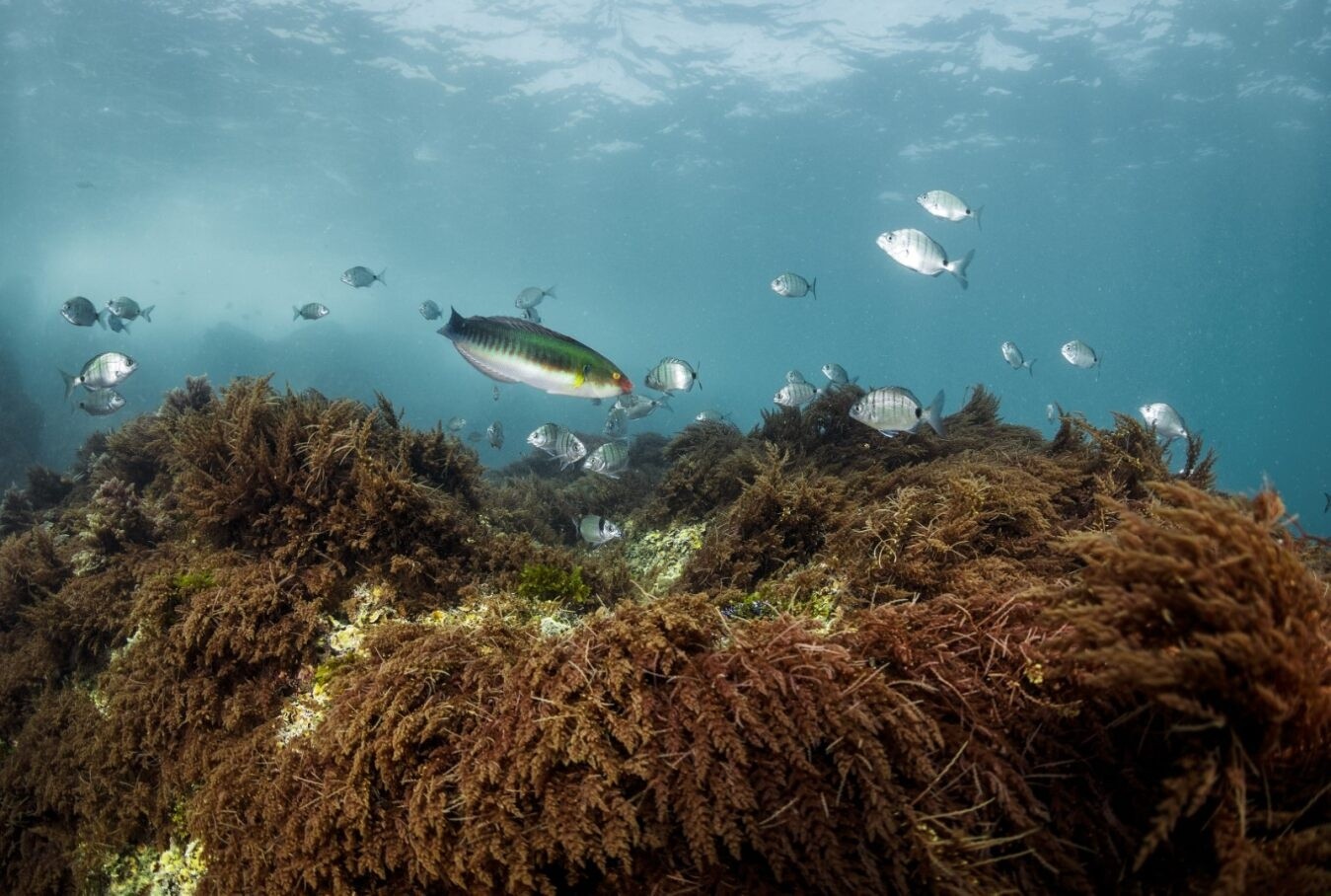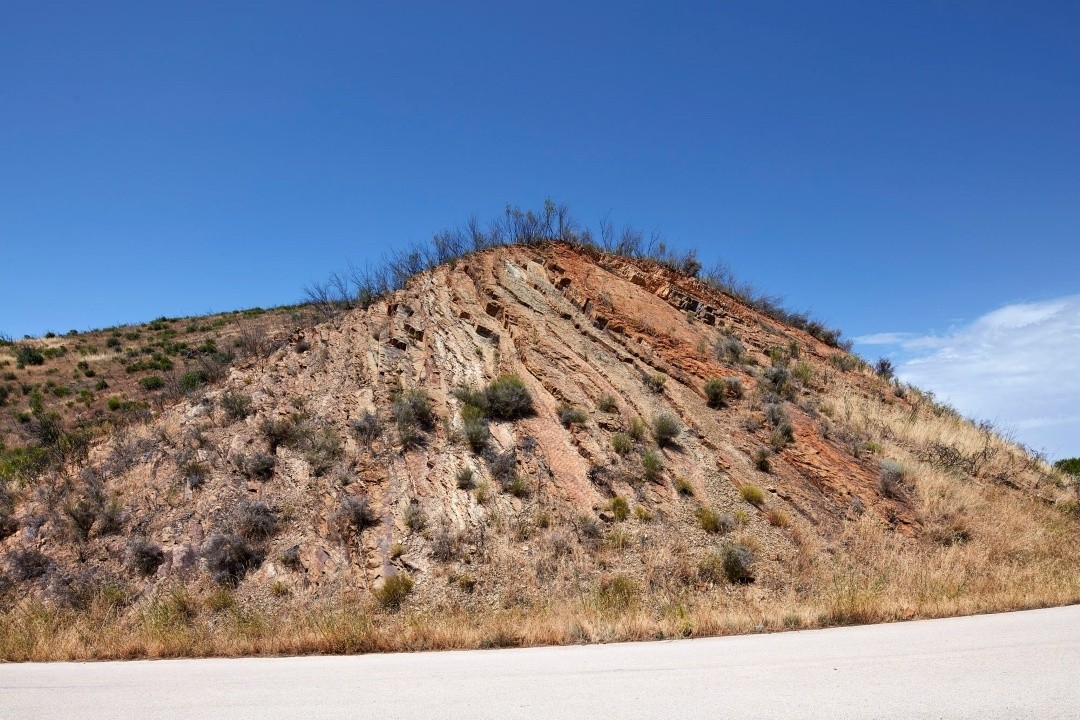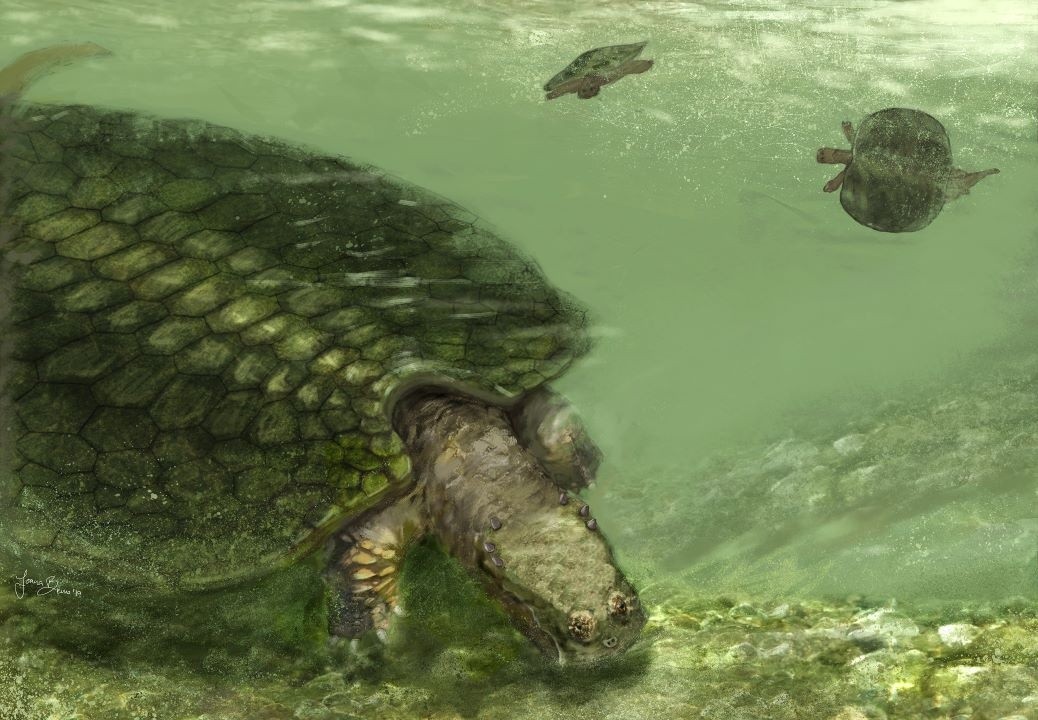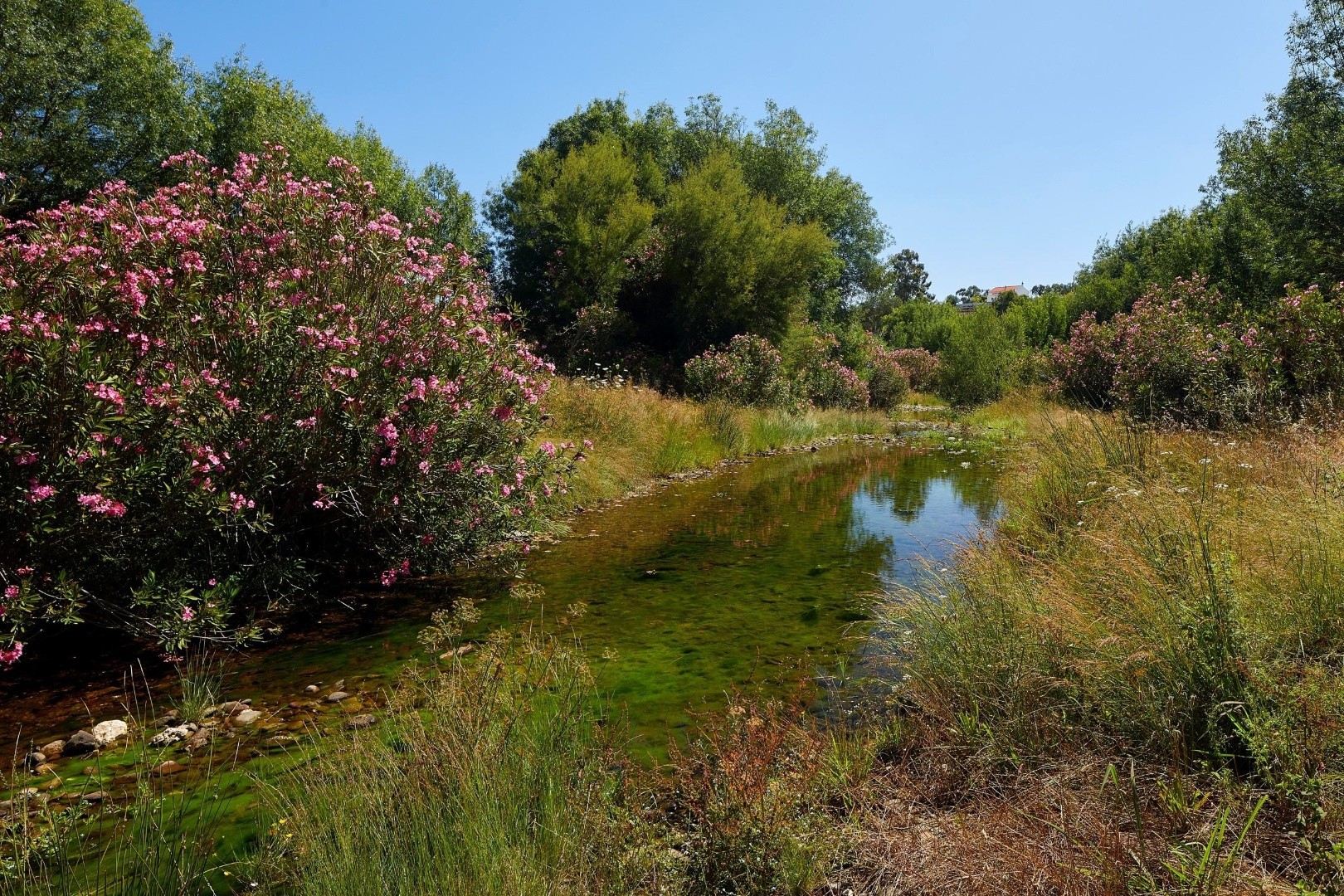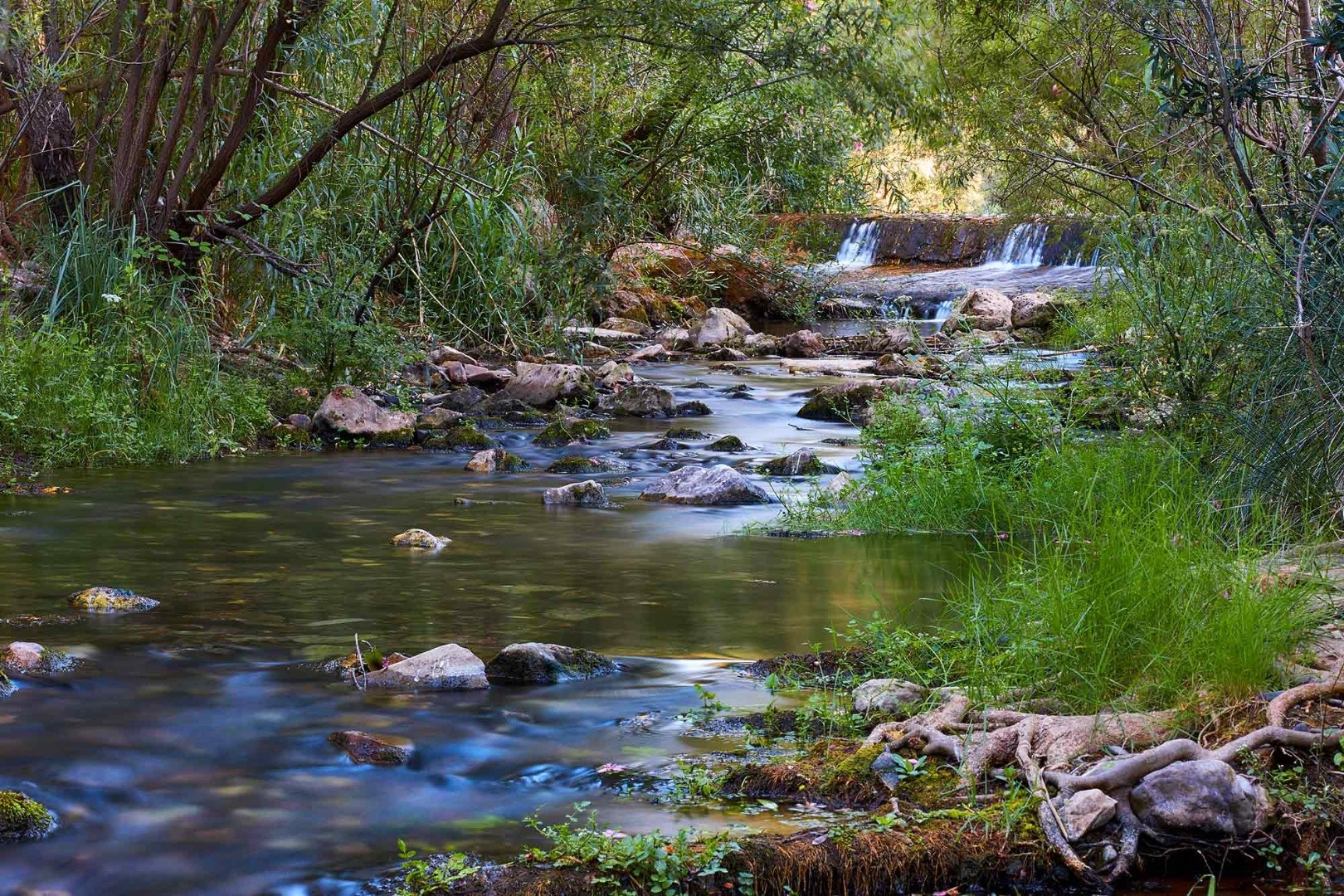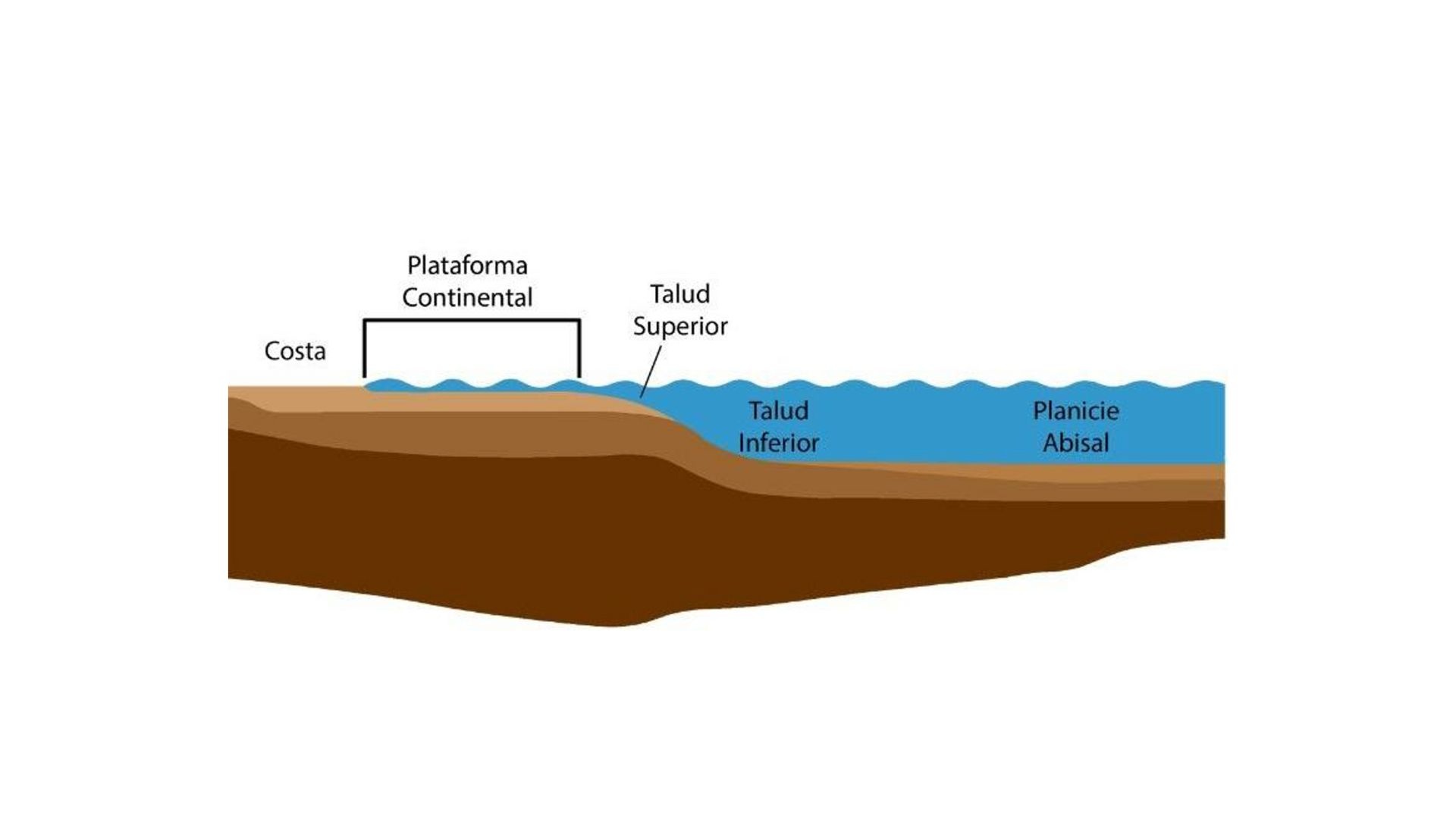Geological History
On this small beach, there once was an open-pit gypsum mine. The mining operation utilised initially gunpowder, and the gypsum blocks were transported in 'palha-botes' (two-masted boats) from Baleeira to Setúbal and other locations. However, the gypsum extraction business slowed down after a severe storm hit this part of the coast, destroying one of the barges used for transhipment. Additionally, strong competition from Moroccan gypsum further impacted the industry.
This gypsum was formed from the evaporation of seawater during the Triassic period, which extended from 252 to 201 million years ago, a time marked by the emergence of the first dinosaurs. Over time, the accumulation of pressure from overlying rock layers led to the ascent of the gypsum through pre-existing faults. This process resulted in the deformation and tilting of the strata above, a phenomenon that is prominently observable in the vertical layers of the Arrifes coastal cliffs.
Locality:




